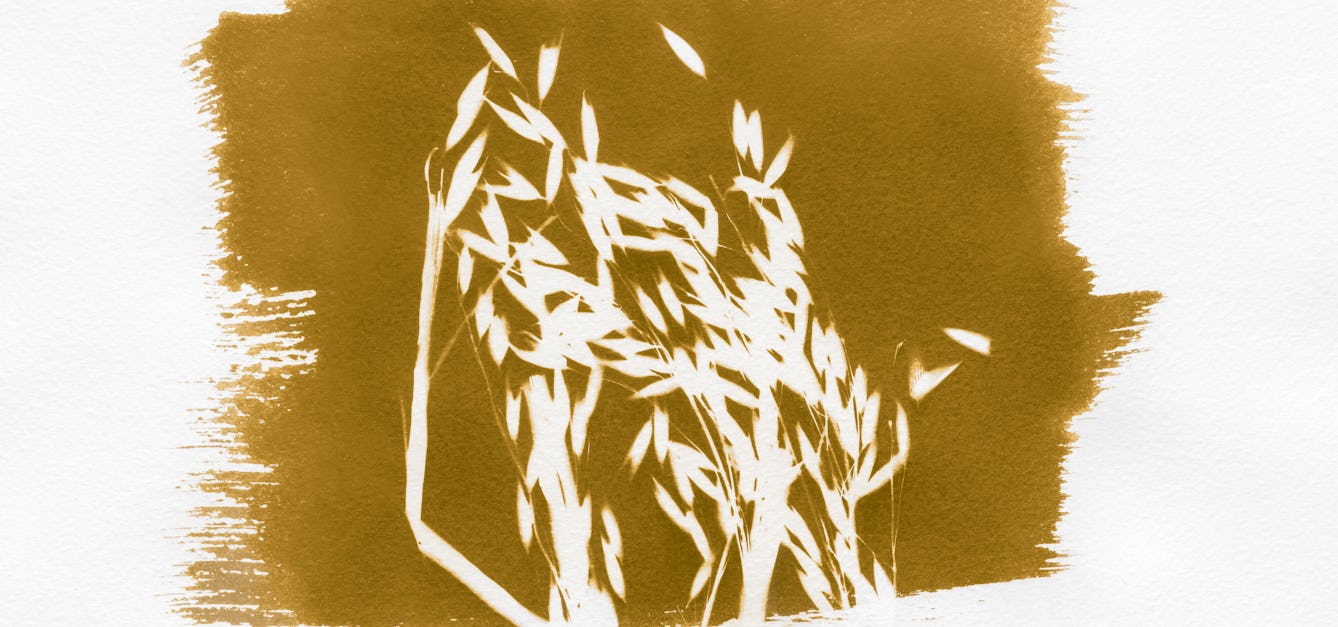Stories

- In pictures
Drugs, space travel and the ‘age of promise’
Space-age wonder drug Terramycin promised utopia, but might instead have triggered one of the biggest threats to our future.

- Podcast
Farmland
Fruit and vegetables link our hungry bodies to the world of plants. Yet many of us have little understanding of the farming industry and the impact that bringing crops to our plates has on the planet.

- Article
Thomas Sankara and the stomachs that made themselves heard
Thomas Sankara’s vision to transform farming and health in Burkina Faso turned to dust with his assassination. Perry Blankson highlights the considerable achievements of Sankara’s brief span in power.

- Article
Unravelling genetic origins from the potato to cinchona
Starting with the humble potato, Nataly Allasi Canales reveals how researchers unearth the genetic origins of modern plant varieties, and explains why their work is so important for biodiversity.
Catalogue

- Books
- Online
Crops on trial : a report / by the AEBC.
Great Britain. Agriculture and Environment Biotechnology Commission.Date: 2001- Archives and manuscripts
Insects & Crops
Date: Late 19th centuryReference: WF/C/M/SL/10/06Part of: Wellcome Foundation Ltd- Archives and manuscripts
Insects & Crops
Date: Late 19th centuryReference: WF/C/M/SL/10/03Part of: Wellcome Foundation Ltd- Archives and manuscripts
Insects & Crops
Date: Late 19th centuryReference: WF/C/M/SL/10/04Part of: Wellcome Foundation Ltd- Archives and manuscripts
Insects & Crops
Date: Late 19th centuryReference: WF/C/M/SL/10/02Part of: Wellcome Foundation Ltd









